Lyme Disease In Horses Treatment
Lyme disease in horses treatment. Horses that only partially respond to the oral drugs usually will do best using intravenous drugs. The organism is a bacterium of the spirochete type and treatment is with antibiotics. Research shows that intravenous is often better but clinically I have good results with.
Acupuncture manual therapies and nutritional and herbal immune support may increase the efficacy of antibiotic therapy when treating equine Lyme disease. In addition his research showed some protection against the disease in ponies vaccinated with a recombinant DNA canine vaccine. Treating Lyme disease starts with determining if your horse has an acute or chronic.
Intravenous tetracycline may work better than doxycycline though clinically many horses seem to. Acute infection indicates more recent exposure where the horse has not yet or is in. While the treatment of Lyme disease in horses is as simple as prescribing antibiotics it is not a decision made immediately without further detective work.
Lyme disease in horses Treatment. Treatment And Management Horses experiencing relapses should be on antibiotics especially oral doxycycline 5 to 10 mgkg twice a day. At the time of retesting a decrease of antibody levels can be expected in successfully treated animals.
Then if the lameness or other signs go away---and the horse remains normal with reduced antibody counts after the drug treatment ends---a diagnosis of Lyme will be presumed. Treating Lyme Disease in Horses Treating Lyme Disease in Horses. Doxycycline is administered orally and consequently it is usually the starting point of therapy.
There is no golden bullet that can rid a horse of clinical signs and due to the high antibody levels that can persist during. The Treatment of Lyme Disease In Horses. In the majority of cases antibiotics will be effective.
If Lyme is suspected a veterinarian may prescribe antibiotics. For horses with a positive OspC antibody value OspCOspF- or OspCOspF retesting can be done 6-8 weeks after the treatment started.
Most commonly used treatments in horses are oxytetracycline 66-110 mgkg bwt iv every 24h doxycycline 10 mgkg bwt per os every 12h 10 or minocycline 4 mgkg bwt per os every 12h.
Oral Doxycycline or ceftiofur IV Tetracycline Common Pain Relievers. Most commonly used treatments in horses are oxytetracycline 66-110 mgkg bwt iv every 24h doxycycline 10 mgkg bwt per os every 12h 10 or minocycline 4 mgkg bwt per os every 12h. Then if the lameness or other signs go away---and the horse remains normal with reduced antibody counts after the drug treatment ends---a diagnosis of Lyme will be presumed. Treating Lyme Disease in Horses Treating Lyme Disease in Horses. Unfortunately by the time a horse is diagnosed they are in the advanced disseminated phase when actual cure is extremely difficult and even when remission of signs is achieved the horse may need to be treated again in the future. In the acute stages and generally upon initial diagnosis antibiotics are used by this author. Acupuncture manual therapies and nutritional and herbal immune support may increase the efficacy of antibiotic therapy when treating equine Lyme disease. Lyme Disease Treatment in Horses Common Antibiotics. Doxycycline is administered orally and consequently it is usually the starting point of therapy.
Research shows that intravenous is often better but clinically I have good results with. The evidence was 20. The Treatment of Lyme Disease In Horses. Research shows that intravenous is often better but clinically I have good results with. Divers team also reported success using intravenous oxytetracycline as a treatment for horses infected with Lyme disease. Horses that only partially respond to the oral drugs usually will do best using intravenous drugs. There is no golden bullet that can rid a horse of clinical signs and due to the high antibody levels that can persist during.
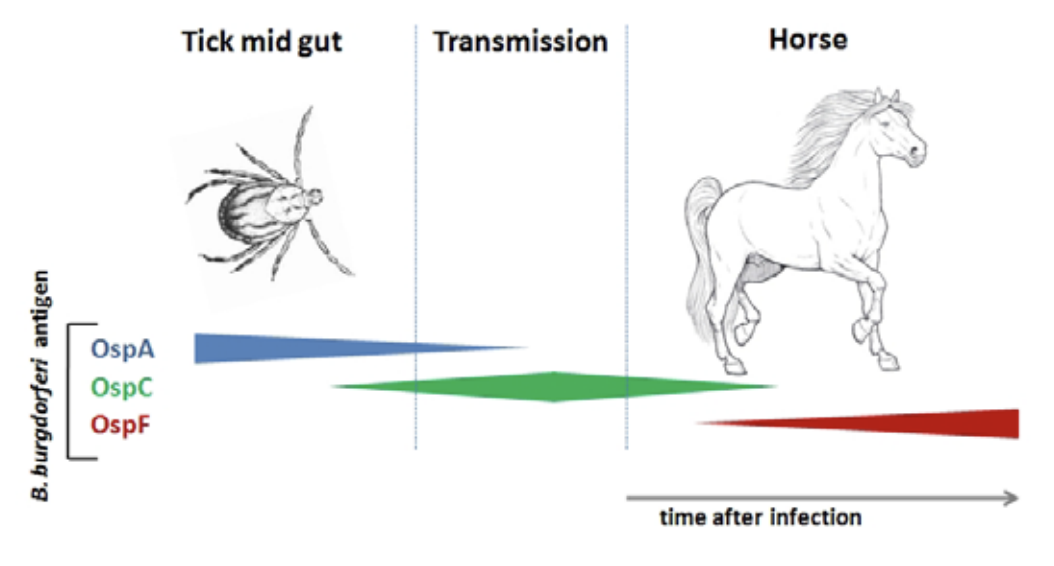

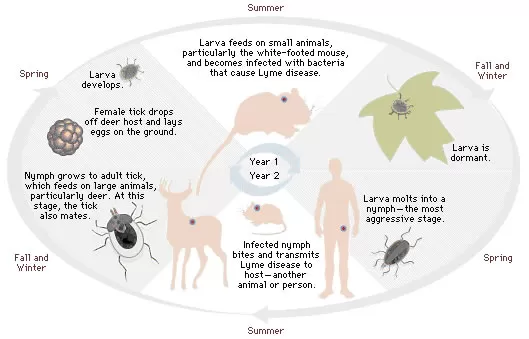

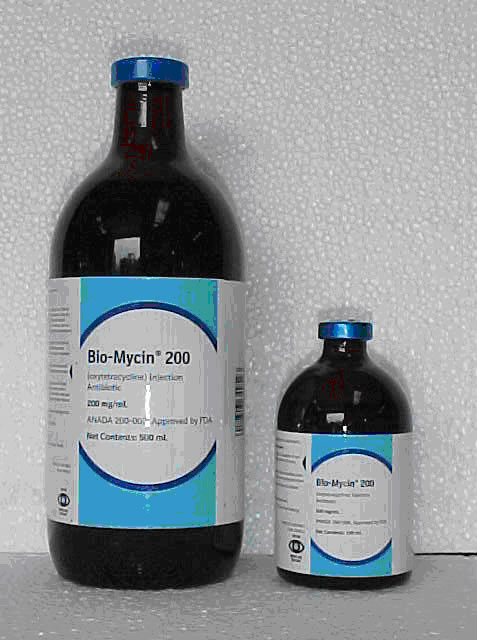




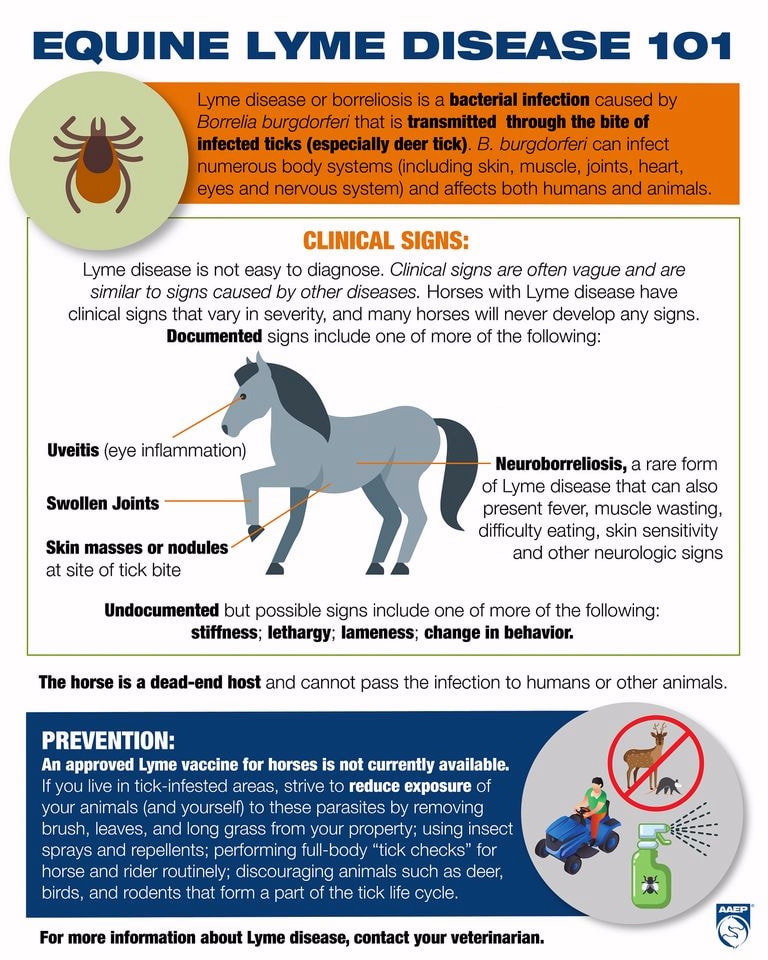


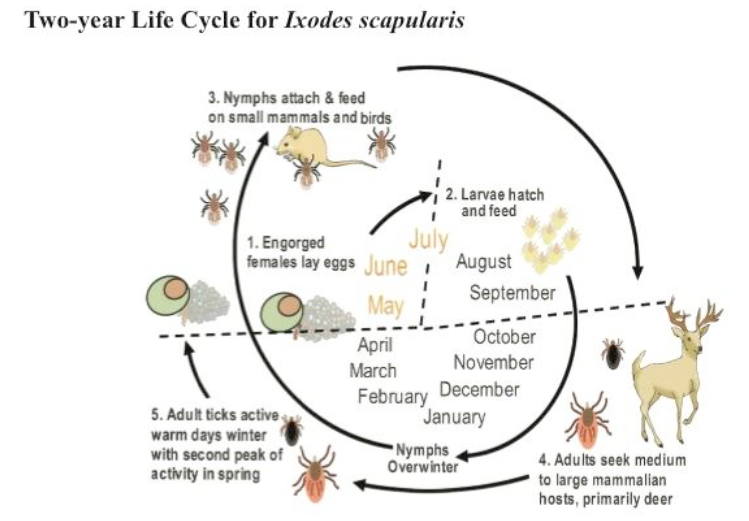
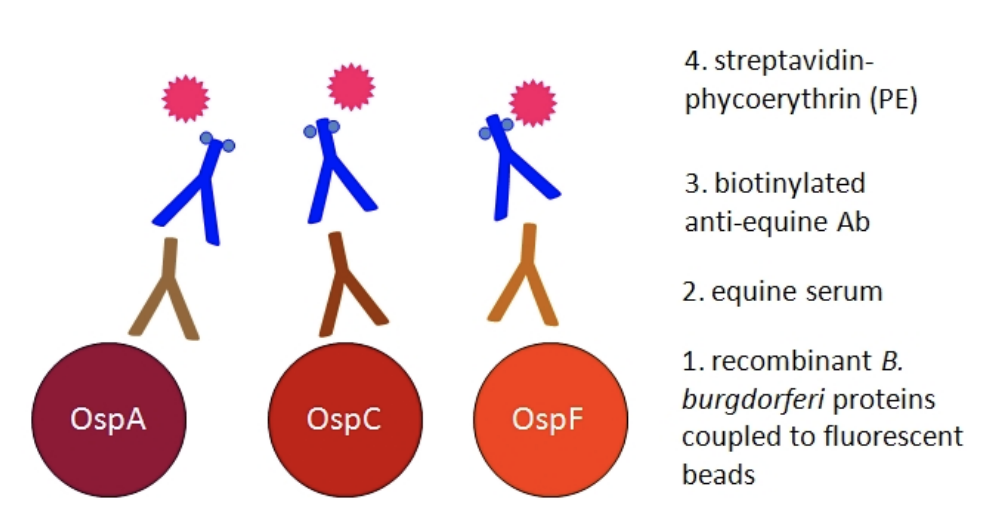
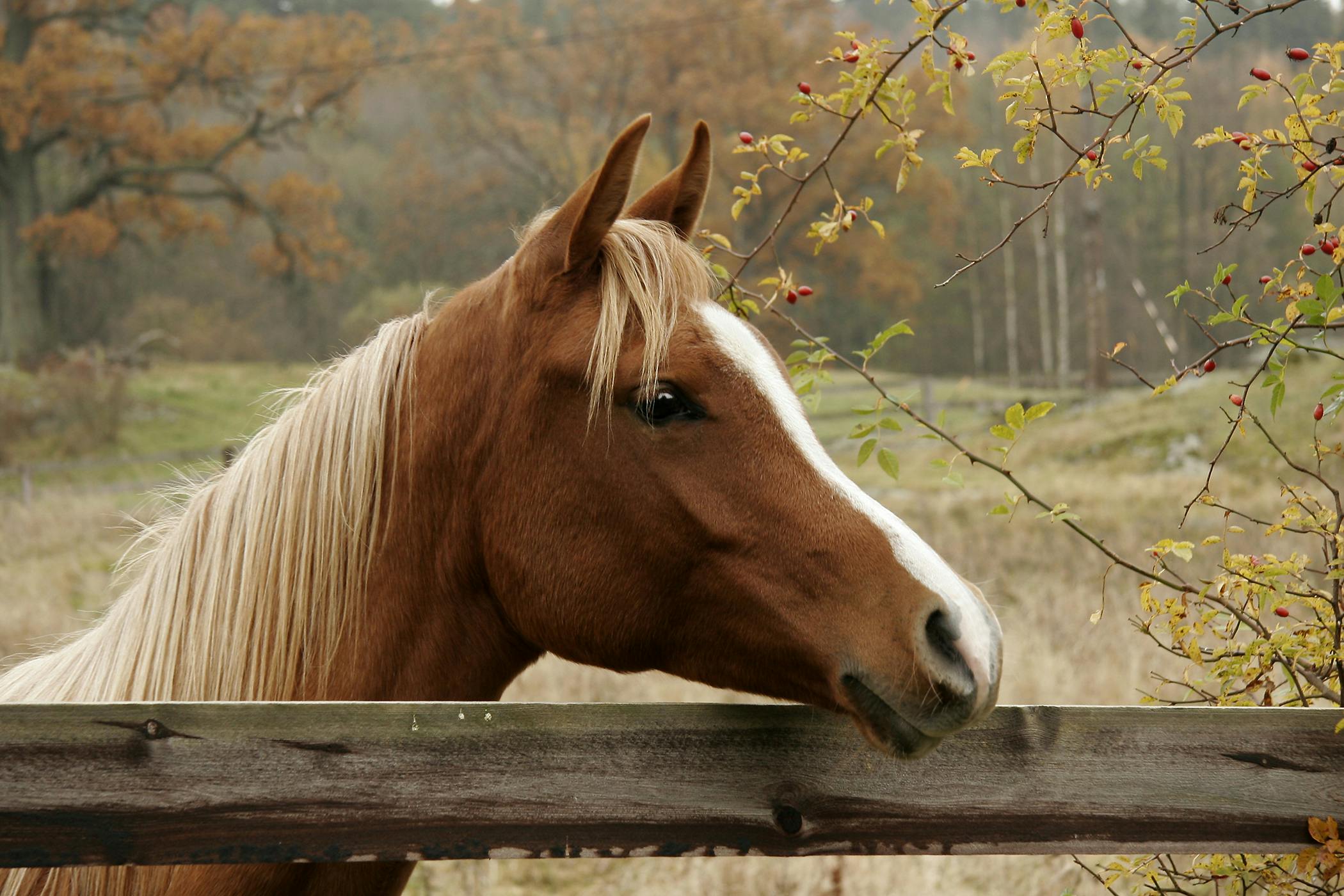

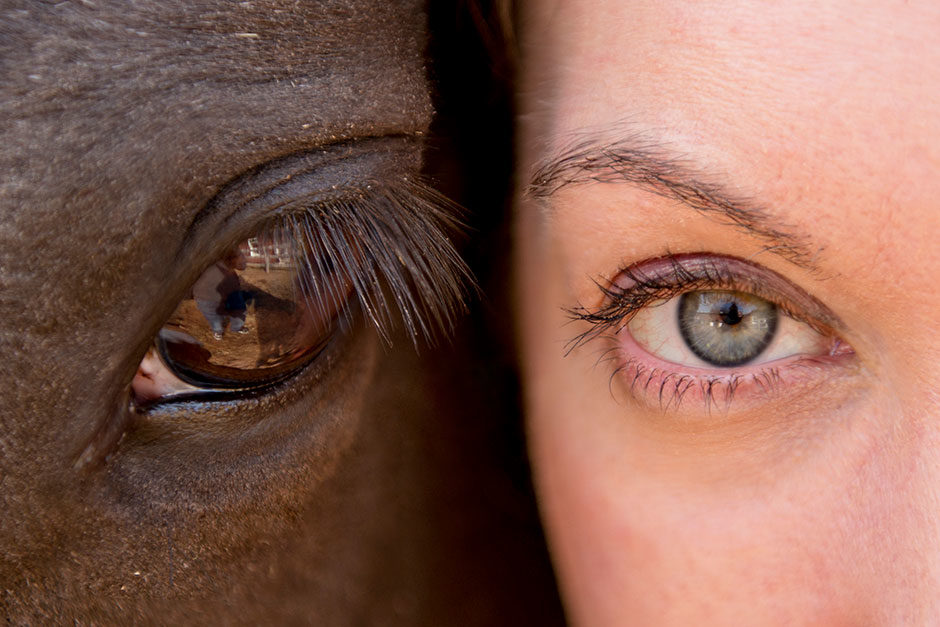
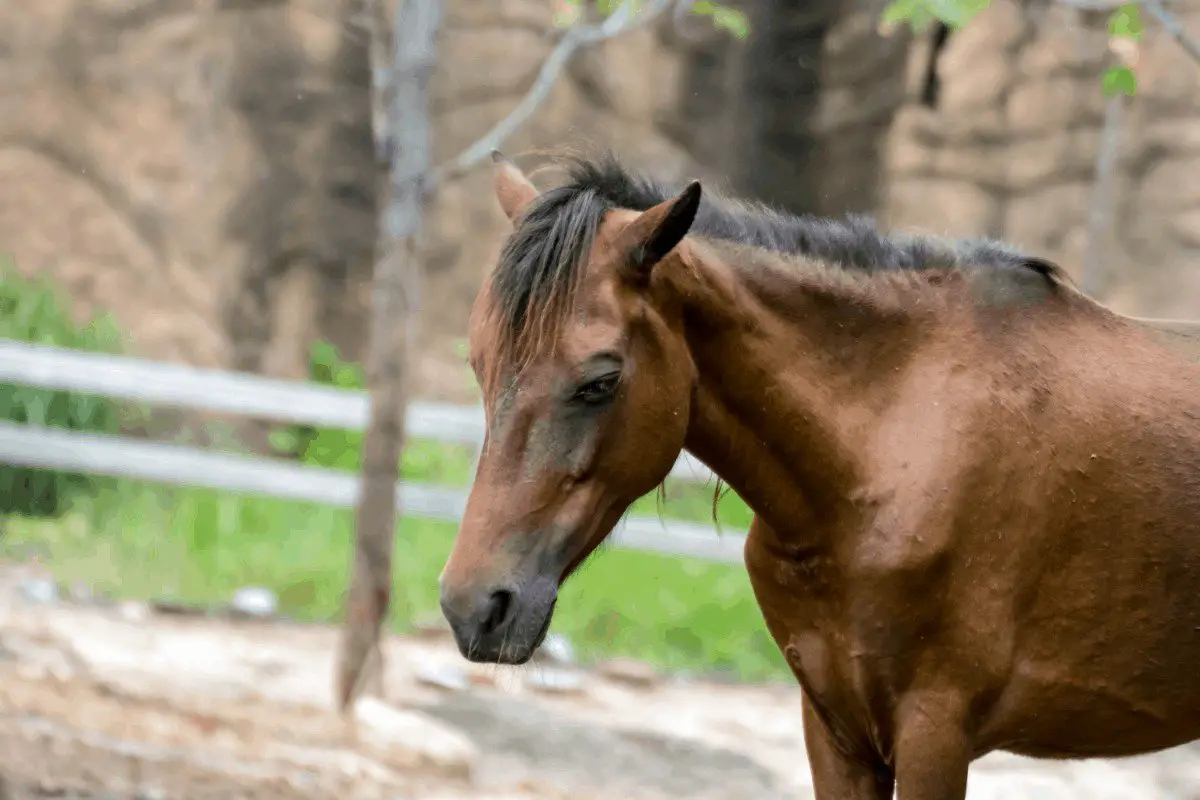





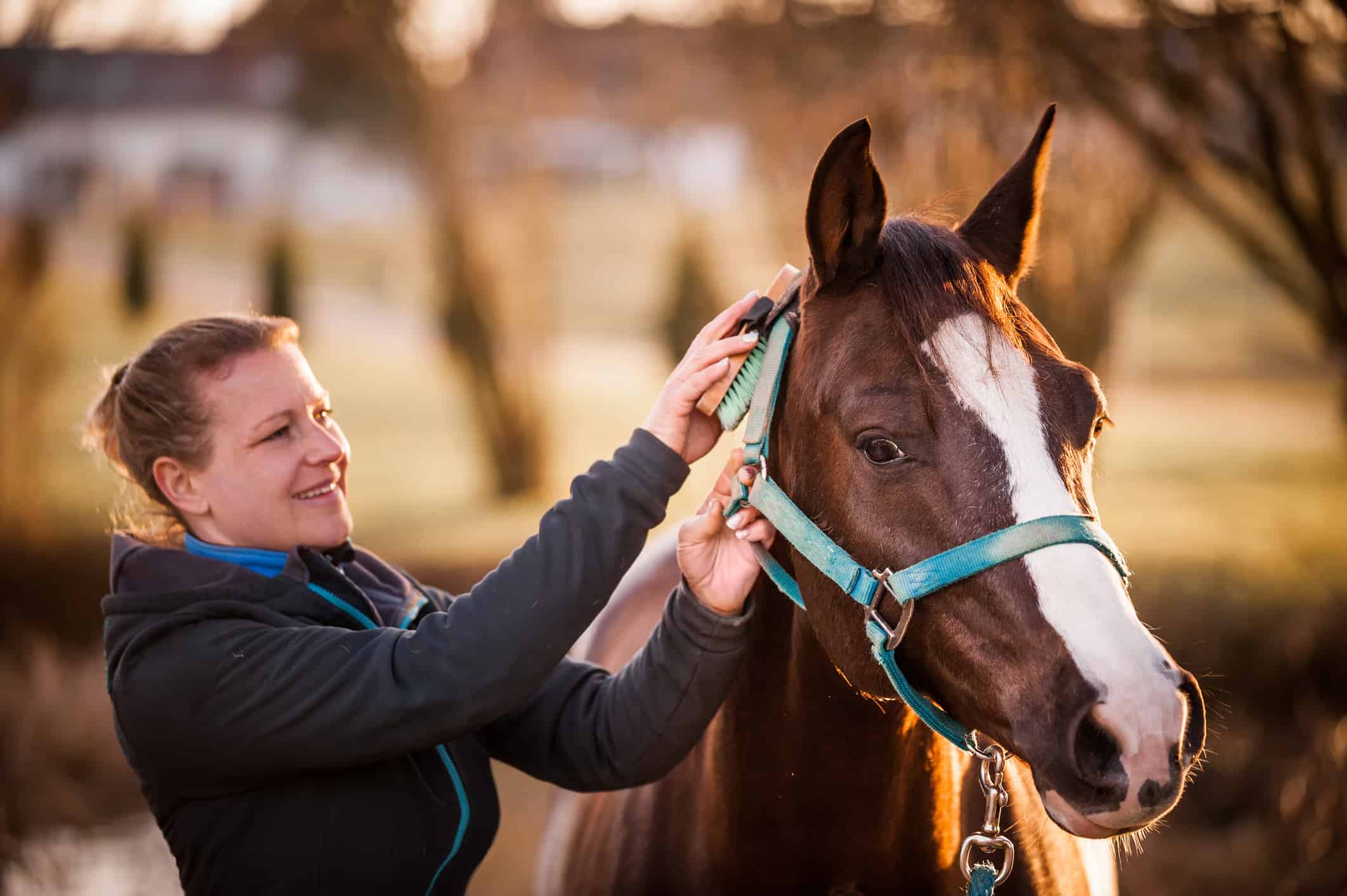









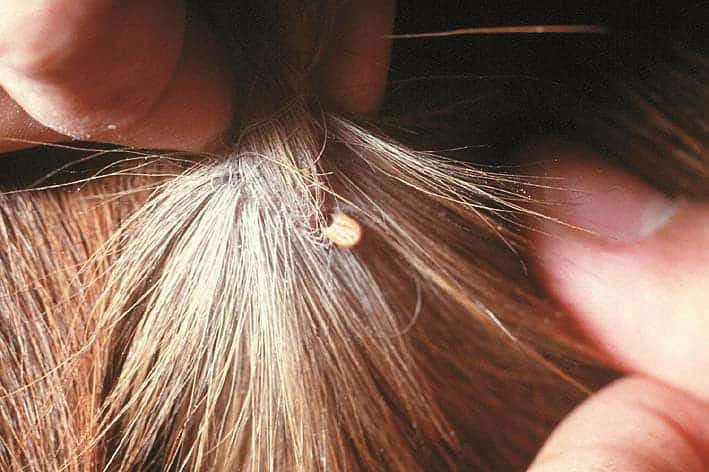
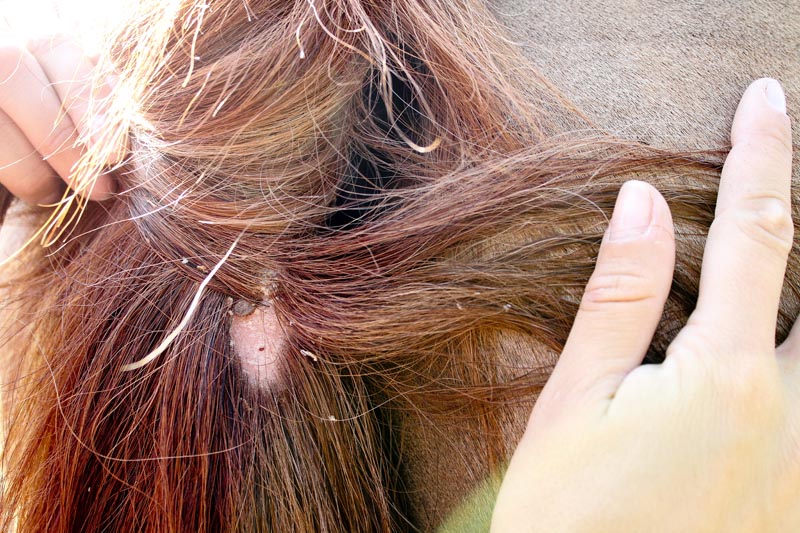






Post a Comment for "Lyme Disease In Horses Treatment"